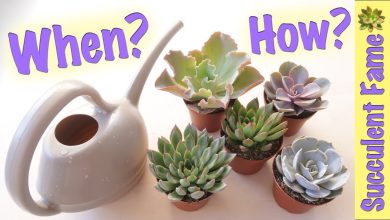Beneficial Insects in Organic Farming, Toads and other allies
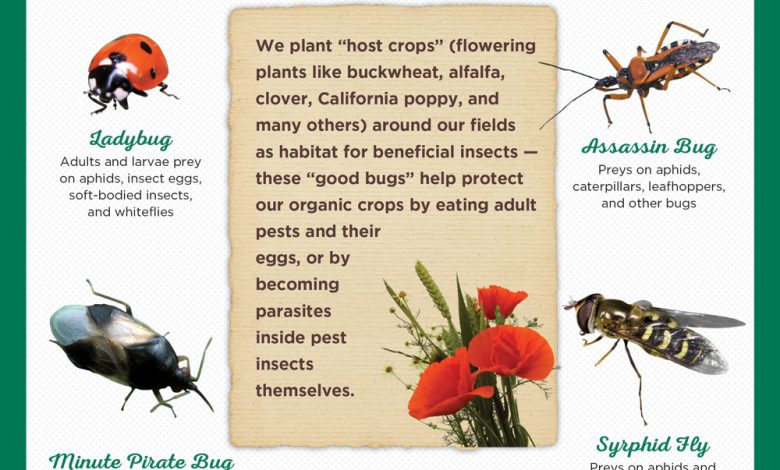
Today we are going to talk about a very interesting aspect of organic gardens: the presence of beneficial insects or small animals that are useful for keeping pests away and for other aspects of the garden.

Who are the beneficial insects in the garden?
Why is the presence of beneficial animals and insects interesting for the organic garden? Because in Organic Farming chemical insecticides and fungicides cannot be used… If we want a true organic garden free of artificial pesticides, alternative methods must be sought.
Encouraging the presence of beneficial insects in the garden is one of the methods of the INTEGRATED FIGHT. It is about combating pests and diseases that can attack plants in an ecological way.The more ecological methods used, the more chances there are to kill them. This is basically the Integrated Fight: combining various ecological solutions to reduce the populations of pests and diseases in the orchard.
In addition, in this way, we increase the number of species in our garden. Biodiversity, also a very important aspect in Ecological Agriculture.
We are going to see some of the most used animals, insects and microorganisms to keep pests and diseases at bay:
1. Are toads good for the garden?
These little animals have a carnivorous diet and feed on flies, worms, moths, slugs… that is, many of the insects that can be pests in our garden. In addition, although they are amphibians, many toads also live very comfortably on land, so a garden or orchard are ideal places for them. There they can find shelter and food, and they will do us a favor because they will control the pests.
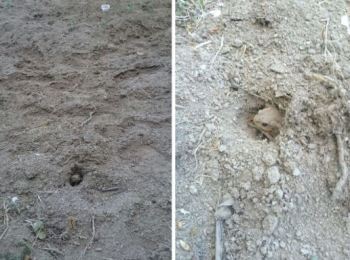
Toads have very sensitive skin and need low levels of toxicity around them. Therefore, they will survive better in organic gardens, free of pesticides and chemical fertilizers that are harmful to them. You can also attract them with a small space of water, a pond or pond where they can submerge from time to time…
Other benefits of the presence of toads in the garden are, for example, that they aerate and loosen the soil. And who knows? Can anyone become a prince anyway?
2. Bacillus thuringiensis, a bacterium effective against orchard caterpillars
You can buy colonies of this bacterium, it is usually a powder that is mixed with water. It is very useful as an insecticide because these microorganisms release proteins that are toxic to pests and diseases such as worms, moths, nematodes, beetles…
As we still don’t have any post that talks in depth about this, I leave you the link to a very good one that I have found and that will give you a lot of info about the uses of this bacterium: Bacillus thuringiensis: an ecological alternative.
3. Ladybugs and other beneficial insects: pest predators
The ladybug is one of the best known beneficial insects … Perhaps it is because it feeds on aphids, one of the most common pests in the garden.
We have already talked about the benefits of ladybugs in other posts, so I won’t dwell too long… I’ll just tell you about a couple of ways to raise ladybugs in the garden: one is to build a house for ladybugs like the one we saw in the garden in the center of health of Carabanchel Alto, in Madrid. It is a house like this:
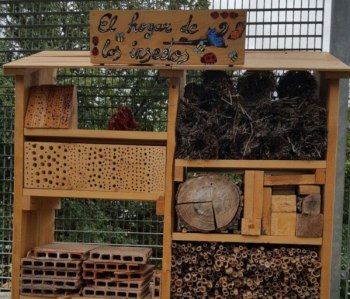
Many other beneficial insects of this type are used in organic gardens (it also depends on the pests that can attack our crops…). The Amblyseius swirskii mite, for example , is one of the most widely used natural enemies of thrips pests. These microscopic black bugs can flood the flowers of our orchard or garden… You can read more about this and other beneficial insects in the article Natural enemies in the organic garden.
Many of these beneficial insects can be bought, you can also raise them yourself (as you have seen in the video of the ladybugs that I have put up for you) or you can attract them thanks to the aroma of useful flowering plants in the garden.
As a last idea, we leave you this video on how to build a small homemade mariquitarium like this one that Álvaro made and that he taught us on the Agrohuerto TV Channel on YouTube. It seems easy!!
References
- Bianchi, FJJA, & Van Der Werf, W. (2004).Model evaluation of the function of prey in non-crop habitats for biological control by ladybeetles in agricultural landscapes. Ecological Modelling, 171, 177–193.
- Elliott, N.C., Kieckhefer, R.W., Beck, D. (2000).Adult Coccinellid Activity and Predation on Aphids in Spring Cereals. Biological Control, 173, 218–226.
- Elliott, N.C., Kieckhefer, R.W., Beck, D.A. (2002).Effect of aphids and the surrounding landscape on the abundance of Coccinellidae in cornfields. Biological Control, 24, 214–220.
I hope you found the topic interesting. We accept requests and questions, and hopefully some reflections or advice on your experience with beneficial insects and other recommended organisms in the garden. Have you already tried them?


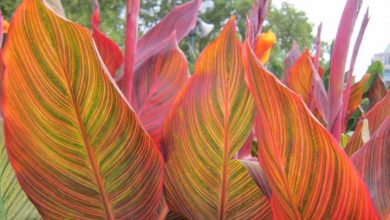
![Photo of Prune Capers: [Importance, Time, Considerations and Steps]](https://www.complete-gardening.com/wp-content/uploads/2022/08/prune-capers-importance-time-considerations-and-steps-390x220.jpg)
